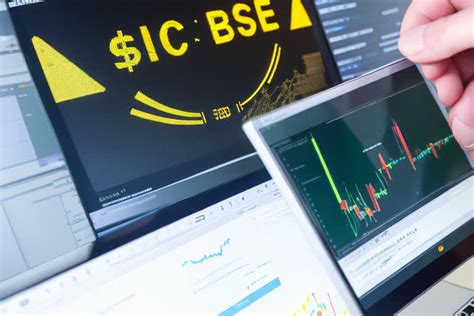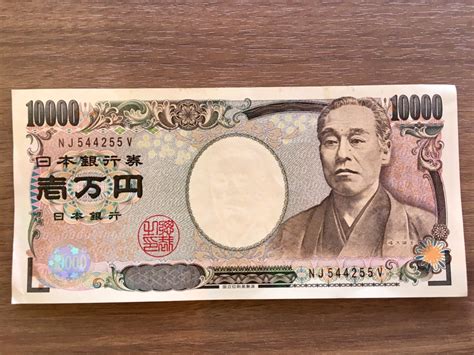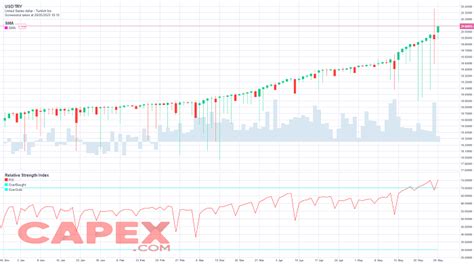Understanding the Exchange Rate
The exchange rate between the Brazilian real (BRL) and the US dollar (USD) is a crucial factor for trade, investment, and tourism. As of today, 1 USD is equal to approximately 5.5 BRL. However, the exchange rate can fluctuate significantly over time due to various economic and political factors.

Historical Trends
In the past decade, the BRL has experienced periods of both appreciation and depreciation against the USD. In 2011, 1 USD was worth 1.7 BRL, indicating a strong real. However, the real experienced a sharp decline in 2015 and 2016, reaching its lowest point at 4.2 BRL per USD in early 2016. Since then, the real has gradually recovered, reaching its current value of approximately 5.5 BRL per USD.
Factors Influencing the Exchange Rate
Several factors can influence the exchange rate between the BRL and the USD. These include:
- Interest rates: Differences in interest rates between Brazil and the United States can lead to capital inflows or outflows, affecting the supply and demand for currencies.
- Inflation: Higher inflation in Brazil compared to the United States can make the real less attractive to foreign investors, leading to depreciation.
- Political stability: Economic and political uncertainty in Brazil can reduce confidence in the real, causing its value to fall.
- Global economic conditions: Slowdowns in the global economy can reduce demand for Brazilian exports, leading to a weaker real.
- Commodities: Brazil is a major exporter of commodities such as oil, iron ore, and soybeans. Fluctuations in global commodity prices can impact the demand for BRL.
Impact on Businesses and Individuals
The exchange rate between the BRL and the USD significantly affects businesses and individuals. For importers, a weaker real makes it more expensive to purchase goods from abroad. Conversely, a stronger real benefits exporters, making their products more competitive in the global market. For individuals, exchange rate fluctuations can impact travel expenses, remittances, and foreign investments.
Strategies for Managing Currency Risk
Businesses and individuals can employ various strategies to manage currency risk associated with the BRL-USD exchange rate. These include:
- Hedging: Using financial instruments such as forward contracts or options to lock in an exchange rate for future transactions.
- Diversification: Investing in multiple currencies to reduce exposure to fluctuations in any one currency pair.
- Flexible pricing: Adjusting prices for goods or services based on exchange rate movements.
- Risk management tools: Using tools such as stop-loss orders or limit orders to minimize potential losses in foreign exchange trades.
FAQs
Q1: What is the current exchange rate between the BRL and the USD?
A1: As of today, 1 USD is equal to approximately 5.5 BRL.
Q2: Why does the exchange rate fluctuate?
A2: The exchange rate fluctuates due to factors such as interest rates, inflation, political stability, global economic conditions, and commodity prices.
Q3: How does the exchange rate impact businesses?
A3: A weaker real increases import costs while benefiting exporters.
Q4: What strategies can businesses use to manage currency risk?
A4: Businesses can use hedging, diversification, flexible pricing, and risk management tools to mitigate currency risk.
Q5: How does the exchange rate impact individuals?
A5: Exchange rate fluctuations can affect travel expenses, remittances, and foreign investments for individuals.
Q6: What is the outlook for the BRL-USD exchange rate in the future?
A6: The future outlook for the exchange rate depends on a range of factors, including economic growth, inflation, and political developments in Brazil and the United States.
Tables
Table 1: Historical Exchange Rates Between BRL and USD
| Year | Exchange Rate (USD/BRL) |
|---|---|
| 2011 | 1.7 |
| 2012 | 2.0 |
| 2013 | 2.5 |
| 2014 | 2.8 |
| 2015 | 3.5 |
| 2016 | 4.2 |
| 2017 | 3.8 |
| 2018 | 3.6 |
| 2019 | 4.0 |
| 2020 | 5.0 |
| 2021 | 5.5 |
Table 2: Factors Influencing BRL-USD Exchange Rate
| Factor | Impact on Exchange Rate |
|---|---|
| Interest rates | Higher interest rates in Brazil lead to real appreciation. |
| Inflation | Higher inflation in Brazil leads to real depreciation. |
| Political stability | Economic and political uncertainty leads to real depreciation. |
| Global economic conditions | Slowdowns in global economy lead to real depreciation. |
| Commodities | Fluctuations in global commodity prices impact demand for BRL. |
Table 3: Strategies for Managing Currency Risk
| Strategy | Description |
|---|---|
| Hedging | Using financial instruments to lock in an exchange rate. |
| Diversification | Investing in multiple currencies to reduce exposure. |
| Flexible pricing | Adjusting prices based on exchange rate movements. |
| Risk management tools | Using tools such as stop-loss orders to minimize potential losses. |
Table 4: Exchange Rate Impact on Businesses and Individuals
| Impact on Businesses | Impact on Individuals |
|---|---|
| Higher import costs | Higher travel expenses |
| Reduced export revenue | Reduced remittances |
| Reduced foreign investment | Reduced foreign investments |



